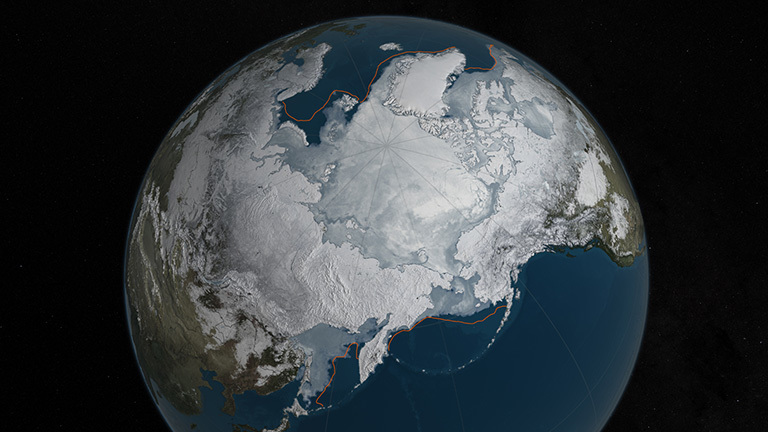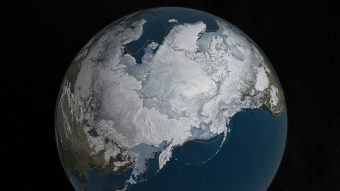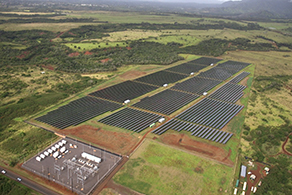 As Hawaii embarks on the complex transition from a fossil-fueled past to a clean energy future, Solar Impulse and ABB are proving that renewables are a reliable power source.
As Hawaii embarks on the complex transition from a fossil-fueled past to a clean energy future, Solar Impulse and ABB are proving that renewables are a reliable power source.
By flying halfway around the world on solar power alone, Solar Impulse has already proven that it is possible to produce a stable, 24/7 electricity supply using only renewable energy. On the ground, ABB, a world leader in power and microgrid technologies, is helping remote communities and islands like Hawaii to meet and sustain their own energy needs by incorporating renewable and clean energy technologies into the power grid.
Powered only by energy from the sun, Solar Impulse will soon begin the second part of its epic 40,000-kilometer flight around the world, taking off from Kalealoa Airport in Hawaii for the mainland United States. The Aloha State is a leader among all 50 states by pledging to power its islands with 100% renewable energy sources by 2045. ABB technology is already helping Hawaii with that goal as a part of Kauai island’s Battery Energy Storage System, which helps to maintain a stable power supply and provides instant backup power in the event of unplanned outages.
“One of our goals for this historic round-the-world journey and for our technology partnership with Solar Impulse is to demonstrate that you can separate economic growth from environmental impacts with help from smarter and more sustainable technologies,” said Greg Scheu, president, Americas region, ABB. “Renewable energy, microgrids, battery storage, higher efficiency standards – these all show that we can power the world without consuming the earth.”
“We had to build an aircraft with an extremely efficient grid: from the electric motors to the batteries and the management system,” said Solar Impulse pilot and CEO, André Borschberg. “What we have is a system that captures its own energy, converts it into electricity, and stores it and manages its consumption in a sustainable way. This is exactly what ABB is doing on the ground with its distributed energy resources or microgrids.”
“If Solar Impulse can fly day and night around the world with no fossil fuel, it demonstrates that these technologies are now mature and ready for the market so everyone can use them,” said Solar Impulse pilot and chairman, Bertrand Piccard. “ABB gives credibility to what we are doing, because it is doing it on the ground.”
ABB (www.abb.com) is a leading global technology company in power and automation that enables utility, industry, and transport & infrastructure customers to improve their performance while lowering environmental impact. The ABB Group of companies operates in roughly 100 countries and employs about 135,000 people.
Source: www.abb.com



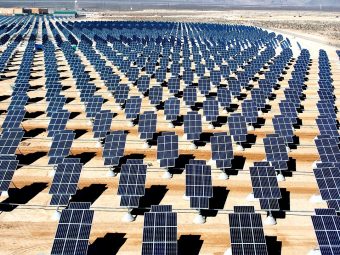
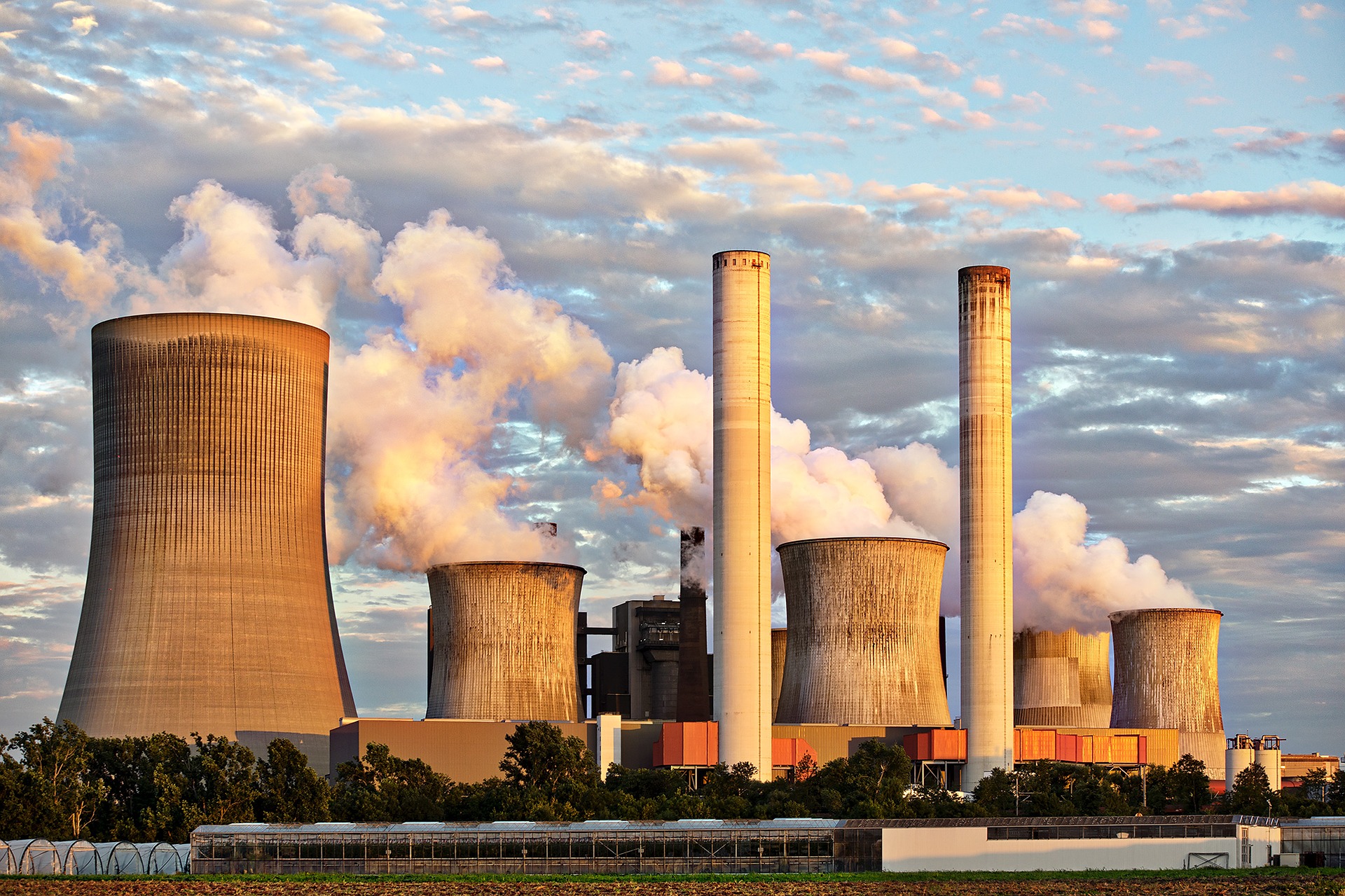
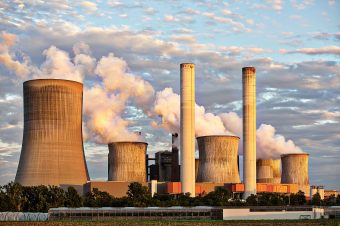
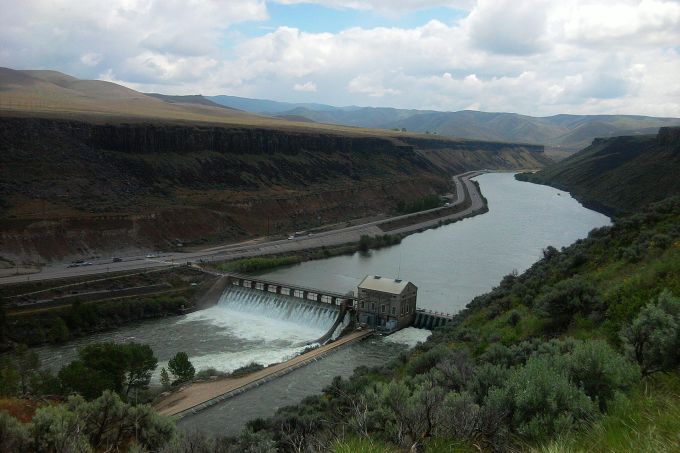
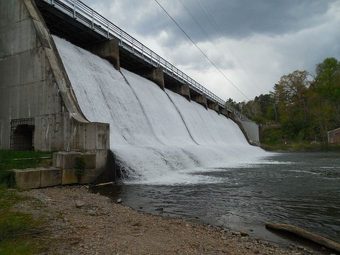
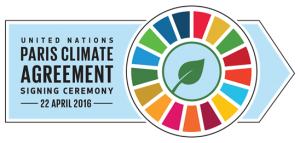
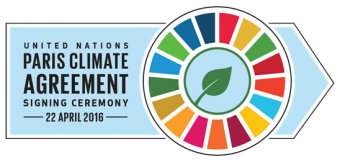 The Paris Climate Change Agreement opens for signature on 22 April 2016 during a high-level ceremony convened by UN Secretary-General Ban Ki-moon in New York, marking an important international push on the way to the agreement’s timely entry into force. Over 130 countries have confirmed to United Nations headquarters that they will attend the signing ceremony, including some 60 world leaders, amongst them President Francois Hollande of France. The event will also be attended by the President of COP21, France’s Segolene Royal, and the Executive Secretary of the UNFCCC, Christiana Figueres.
The Paris Climate Change Agreement opens for signature on 22 April 2016 during a high-level ceremony convened by UN Secretary-General Ban Ki-moon in New York, marking an important international push on the way to the agreement’s timely entry into force. Over 130 countries have confirmed to United Nations headquarters that they will attend the signing ceremony, including some 60 world leaders, amongst them President Francois Hollande of France. The event will also be attended by the President of COP21, France’s Segolene Royal, and the Executive Secretary of the UNFCCC, Christiana Figueres.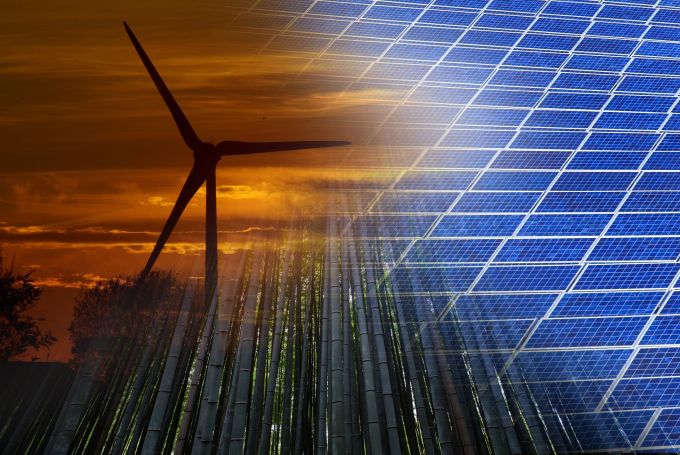

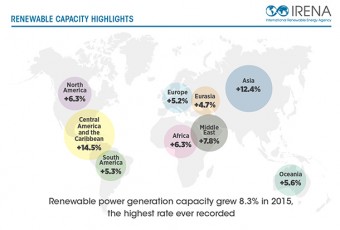 2015 was a record year for both wind and solar due in large part to a continued decline in technology costs. Wind power grew 63 GW (17%) driven by declines in onshore turbine prices of up to 45% since 2010. Solar capacity increased 47 GW (26%) thanks to price drops of up to 80% for solar photovoltaic modules in the same time period. Hydropower capacity increased by 35 GW (3%), while both bioenergy and geothermal energy capacity increased 5% each (5 GW and 1 GW respectively). Overall, capacity has increased by roughly one-third over the last five years, with most of this growth coming from new installations of wind and solar energy. In terms of regional distribution, the fastest growth in renewable generation capacity came in developing countries.
2015 was a record year for both wind and solar due in large part to a continued decline in technology costs. Wind power grew 63 GW (17%) driven by declines in onshore turbine prices of up to 45% since 2010. Solar capacity increased 47 GW (26%) thanks to price drops of up to 80% for solar photovoltaic modules in the same time period. Hydropower capacity increased by 35 GW (3%), while both bioenergy and geothermal energy capacity increased 5% each (5 GW and 1 GW respectively). Overall, capacity has increased by roughly one-third over the last five years, with most of this growth coming from new installations of wind and solar energy. In terms of regional distribution, the fastest growth in renewable generation capacity came in developing countries.
 The industrial zone of Novo Pračno will be the site of two cogeneration facilities of 5 MW each. Sisak’s municipal website said a contract granting the right for construction was signed with Monalp Biomass Sisak d.o.o., registered in Croatian capital Zagreb. The local council approved the proposition for the projects taking up a total of 43,000 square metres. The investor company was founded by Turkish-based Senay Turizm Ve Ticaret AŞ, based in Turkey, according to portal Sisak.info, which cited data from the official register. The firm plans biomass-fuelled power plants in Gospić and Donji Lapac and a geothermal facility in Slatina.
The industrial zone of Novo Pračno will be the site of two cogeneration facilities of 5 MW each. Sisak’s municipal website said a contract granting the right for construction was signed with Monalp Biomass Sisak d.o.o., registered in Croatian capital Zagreb. The local council approved the proposition for the projects taking up a total of 43,000 square metres. The investor company was founded by Turkish-based Senay Turizm Ve Ticaret AŞ, based in Turkey, according to portal Sisak.info, which cited data from the official register. The firm plans biomass-fuelled power plants in Gospić and Donji Lapac and a geothermal facility in Slatina.
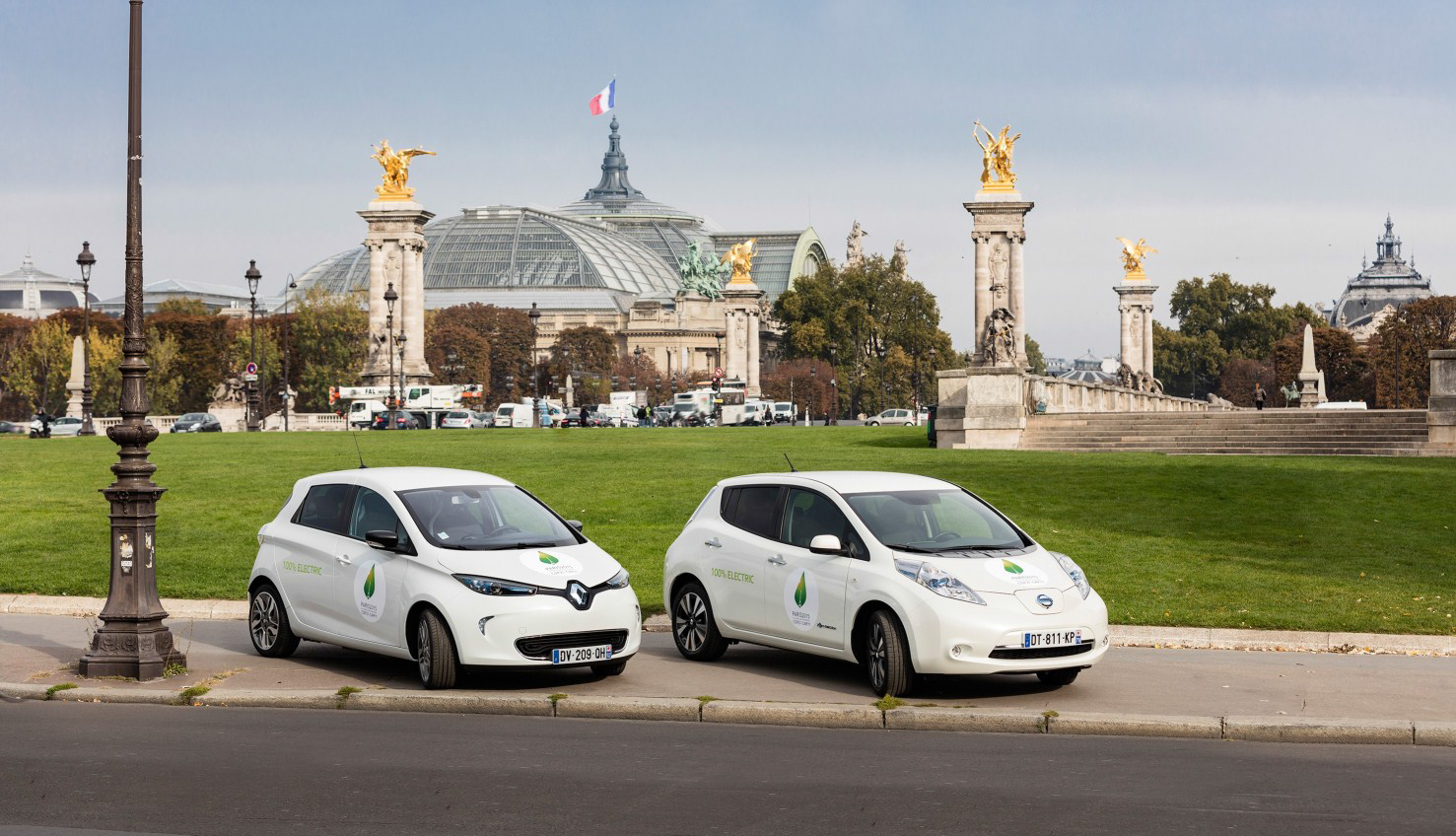

 The European Bank for Reconstruction and Development will conduct a final review of the project for the restructuring of Albanian Power Corporation (KESH sh. a.) and the energy sector of Albania in general with focus on sector management and operational efficiency. The international financing institution’s project summary document said loan proceeds will be used to refinance and lengthen the tenors of short-term sovereign guaranteed overdrafts which KESH has entered into with commercial banks on an emergency basis and require annual reapproval, perpetuating a liquidity crisis as well as uncertainty and instability. The sovereign guaranteed loan of EUR 218 million will be divided into two tranches. Involvement of commercial banks for co-financing will be explored, mainly for the second tranche. The full amount of the proceeds will be applied to refinancing short-term debt. The loans were necessary to alleviate critical cash shortages created by hydrology conditions and sector organization, the document adds. The reforms aim to include KESH’s corporate governance, market practices and regional trade. The refinancing of the balance sheet should lengthen tenors and relieve the utility of urgent liquidity concerns, EBRD stated.
The European Bank for Reconstruction and Development will conduct a final review of the project for the restructuring of Albanian Power Corporation (KESH sh. a.) and the energy sector of Albania in general with focus on sector management and operational efficiency. The international financing institution’s project summary document said loan proceeds will be used to refinance and lengthen the tenors of short-term sovereign guaranteed overdrafts which KESH has entered into with commercial banks on an emergency basis and require annual reapproval, perpetuating a liquidity crisis as well as uncertainty and instability. The sovereign guaranteed loan of EUR 218 million will be divided into two tranches. Involvement of commercial banks for co-financing will be explored, mainly for the second tranche. The full amount of the proceeds will be applied to refinancing short-term debt. The loans were necessary to alleviate critical cash shortages created by hydrology conditions and sector organization, the document adds. The reforms aim to include KESH’s corporate governance, market practices and regional trade. The refinancing of the balance sheet should lengthen tenors and relieve the utility of urgent liquidity concerns, EBRD stated.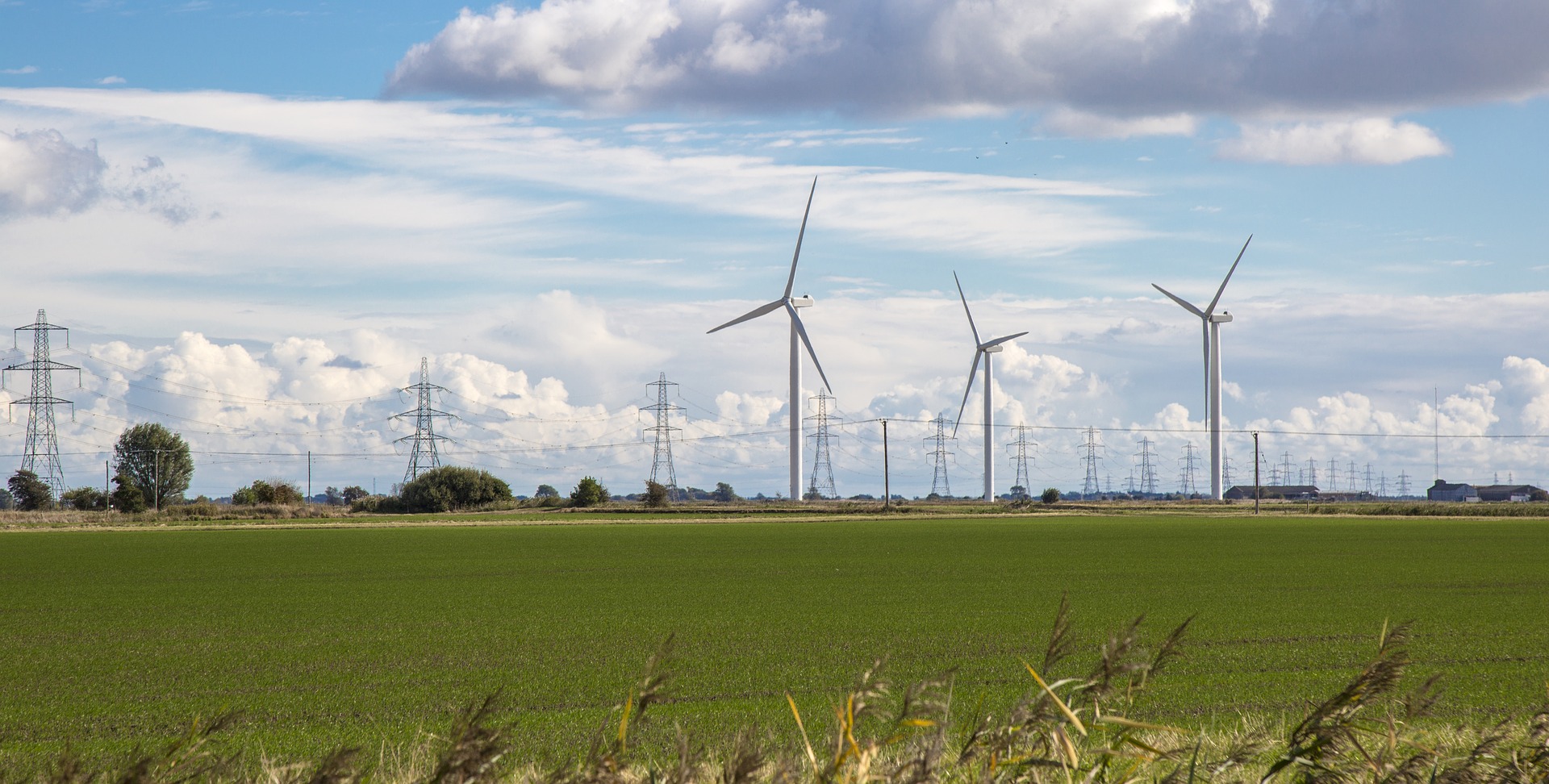
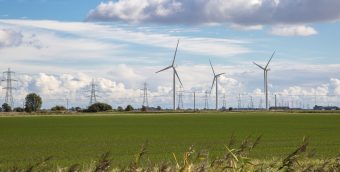

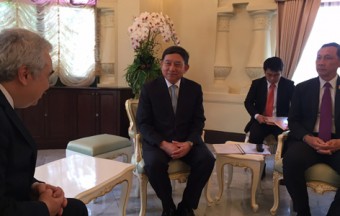 The International Energy Agency (IEA) and Thailand today launched a centre to consolidate high-quality, accurate and comprehensive energy information. Thailand’s Vice Minister of Energy, Nattipon Kanokchot, and IEA Executive Director Fatih Birol unveiled the Thailand Energy Information Centre in Bangkok during an inauguration ceremony attended by high-level government officials, industry executives and members of the diplomatic corps. During the event, deep gratitude was expressed for the IEA’s strong support for Thailand. While Thailand’s energy data are considered by the IEA to be among the best in Southeast Asia, further efforts through the centre to improve energy data and information will facilitate better energy policy making in the country. To connect the work of the centre to the IEA’s efforts to enhance global co-operation on energy data and statistics, the IEA’s Chief Statistician will take an advisory role as a member of the centre’s steering committee. “I am delighted that Thailand – which became an Associate member country of the IEA in 2015 – invited us to be a partner in the Thailand Energy Information Centre,” said Dr. Birol.
The International Energy Agency (IEA) and Thailand today launched a centre to consolidate high-quality, accurate and comprehensive energy information. Thailand’s Vice Minister of Energy, Nattipon Kanokchot, and IEA Executive Director Fatih Birol unveiled the Thailand Energy Information Centre in Bangkok during an inauguration ceremony attended by high-level government officials, industry executives and members of the diplomatic corps. During the event, deep gratitude was expressed for the IEA’s strong support for Thailand. While Thailand’s energy data are considered by the IEA to be among the best in Southeast Asia, further efforts through the centre to improve energy data and information will facilitate better energy policy making in the country. To connect the work of the centre to the IEA’s efforts to enhance global co-operation on energy data and statistics, the IEA’s Chief Statistician will take an advisory role as a member of the centre’s steering committee. “I am delighted that Thailand – which became an Associate member country of the IEA in 2015 – invited us to be a partner in the Thailand Energy Information Centre,” said Dr. Birol.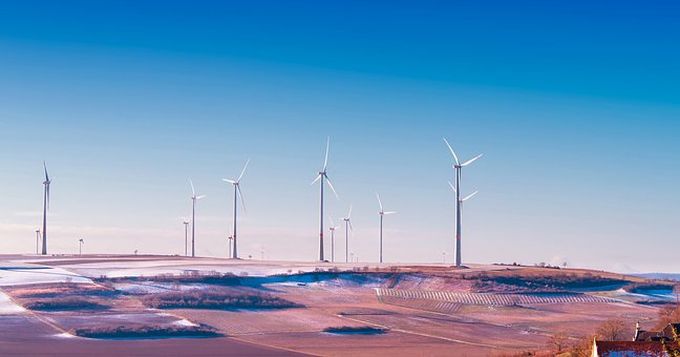
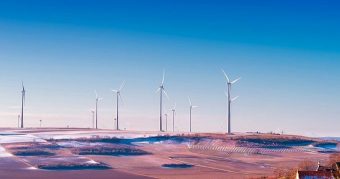




 The call for submissions for the 3rd annual “Good Practice of the Year” award is now open! The Renewables Grid Initiative
The call for submissions for the 3rd annual “Good Practice of the Year” award is now open! The Renewables Grid Initiative 